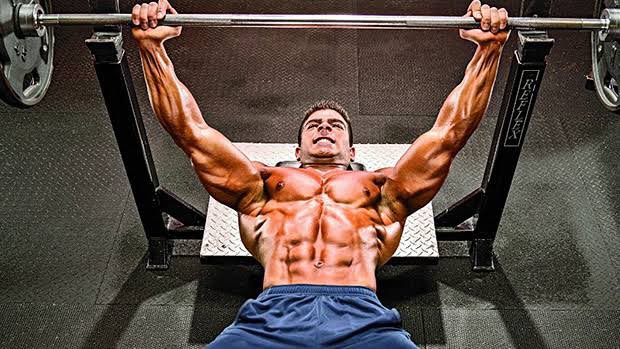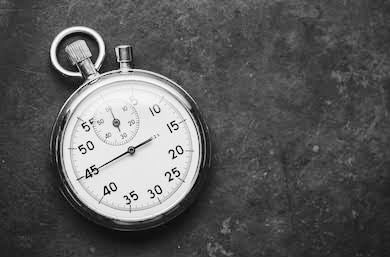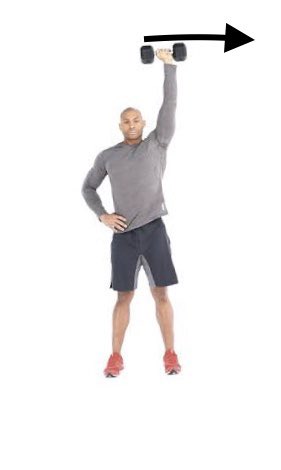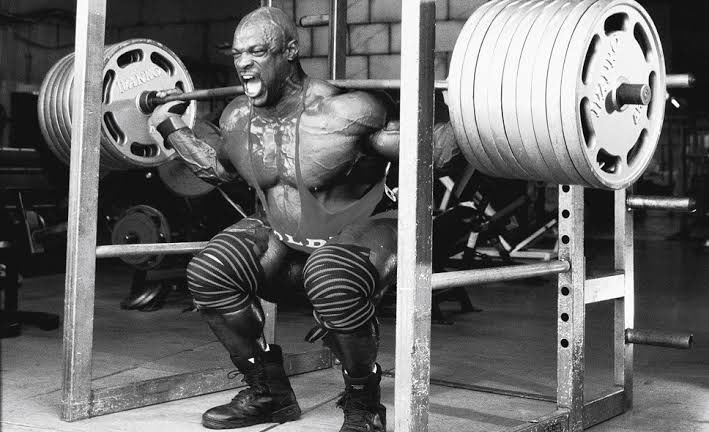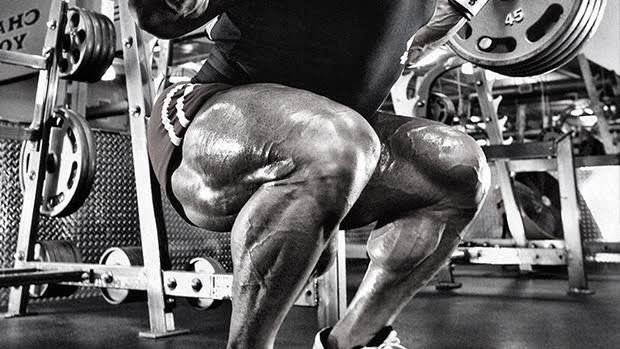PROGRESSIVE OVERLOAD
Progressive overload is a very common concept and goes hand in hand with lifting.
We’re going to go a little deeper into the intricacies of it to optimize your workouts and muscle growth.
Progressive overload is a very common concept and goes hand in hand with lifting.
We’re going to go a little deeper into the intricacies of it to optimize your workouts and muscle growth.
What is progressive overload?
Progressive overload is the continual increase of stress on a muscle forcing it to adapt and grow over a period of time.
The human body is an adaptive organism. When it’s put under stress, it wants to find a way to cope.
Progressive overload is the continual increase of stress on a muscle forcing it to adapt and grow over a period of time.
The human body is an adaptive organism. When it’s put under stress, it wants to find a way to cope.
Progressive overload is normally talked about mentioning 2 variables:
1. Weight lifted
2. Amount of reps
These are good indicators of progression and the increase of one or both within your exercises over time will lead to growth.
1. Weight lifted
2. Amount of reps
These are good indicators of progression and the increase of one or both within your exercises over time will lead to growth.
But can you maximize progressive overload further?
The answer is yes. With the addition of 2 additional variables.
The first, time of rest in between sets, is much more common. Slightly less than weight or reps, but most dedicated lifters track length of rest periods.
The answer is yes. With the addition of 2 additional variables.
The first, time of rest in between sets, is much more common. Slightly less than weight or reps, but most dedicated lifters track length of rest periods.
The last variable often gets overlooked. We will call this, “load” on the muscle.
What exactly does this mean?
It incorporates a few aspects.
1. The angle at which you are exerting tension on the muscle
2. The range of motion of the muscle
What exactly does this mean?
It incorporates a few aspects.
1. The angle at which you are exerting tension on the muscle
2. The range of motion of the muscle
Think of yourself holding a 10lb weight above your head with one arm. Straight up over the shoulder joint.
This is easy and you could do it for a considerable amount of time. But move the weight 5 degrees away from your body. Or 10.
Now you’re much, much weaker.
This is easy and you could do it for a considerable amount of time. But move the weight 5 degrees away from your body. Or 10.
Now you’re much, much weaker.
The same principle applies to lifts.
In you’re DB benching and your arm angles go to around 90 degrees, your in a strong position.
Bump the dumbbells out so your arms are at a 95 degree angle. Not quite as strong here.
In you’re DB benching and your arm angles go to around 90 degrees, your in a strong position.
Bump the dumbbells out so your arms are at a 95 degree angle. Not quite as strong here.
How does this apply to progressive overload?
Well now think of your lifts. You’re crushing incline bench, going to move up 5lbs from your last workout.
If you add those 5lbs, but change the angle of your arms as you press, is the muscle really being overloaded?
Well now think of your lifts. You’re crushing incline bench, going to move up 5lbs from your last workout.
If you add those 5lbs, but change the angle of your arms as you press, is the muscle really being overloaded?
Muscles don’t inherently know what weight is. They know what stress is.
Yea, in most cases, more weight = more stress. But for experienced lifters trying to optimize progressive overload, adding weight isn’t always adding stress.
Yea, in most cases, more weight = more stress. But for experienced lifters trying to optimize progressive overload, adding weight isn’t always adding stress.
You need to make sure the form stays consistent to TRULY optimize progressive overload.
You wouldn’t run an experiment or study with multiple dependent variables. Don’t do it with your lifts either.
You wouldn’t run an experiment or study with multiple dependent variables. Don’t do it with your lifts either.
So how can you apply this to your workouts to get the most gains possible?
First, if you aren’t already doing it, Track EVERYTHING within your workouts.
Weight. Reps. Rest time. Even time of eccentric and concentric movement times if you’re doing TUT work.
First, if you aren’t already doing it, Track EVERYTHING within your workouts.
Weight. Reps. Rest time. Even time of eccentric and concentric movement times if you’re doing TUT work.
You can track everything with something as simple as your phone notes. Type in what you did and beat it in the next workout.
Excel sheets work even better for long term tracking.
Pen and paper for you old school G’s
Excel sheets work even better for long term tracking.
Pen and paper for you old school G’s
This allows to progress in a small, measure way each workout in order to promote that adaptive growth of your muscles as your body finds a way to handle the increasing amount of stress.
Second, become ridiculously aware of your muscles and joints while you lift.
If you need, take a week or 2 and hone in your mind-muscle connection, truly isolating the intended muscles. And hone in on your form. Same consistent movement patterns.
If you need, take a week or 2 and hone in your mind-muscle connection, truly isolating the intended muscles. And hone in on your form. Same consistent movement patterns.
This applies to every muscle and every lift.
The example above uses bench, but think about it for every exercise.
The example above uses bench, but think about it for every exercise.
If you have a glute dominant lower body and are trying to grow your quads, don’t alter your form as you increase weight, despite what your body tells you.
The body will always try to find the easiest path. It will want to shift your hips further back to recruit more glutes.
The body will always try to find the easiest path. It will want to shift your hips further back to recruit more glutes.
The further a joint is from the center of mass of your body, the more stress muscles are under.
For the glute dominant squatting example, your body will naturally shift your hips further back, increasing muscle recruitment of glutes, and decreasing that of the quads.
For the glute dominant squatting example, your body will naturally shift your hips further back, increasing muscle recruitment of glutes, and decreasing that of the quads.
This doesn’t mean bad form at all. Just slight variations within movement patterns to create the easiest path... aka using your stronger and more developed muscles.
If you have trouble growing certain body parts compared to others. This focus will help you the most.
If you haven’t been paying close attention to the exact angles you’re performing your lifts at, these alterations should result in noticeable gains very quickly.
If you found this thread useful, please RT the first tweet to share the information with your brothers.
If you found this thread useful, please RT the first tweet to share the information with your brothers.

 Read on Twitter
Read on Twitter